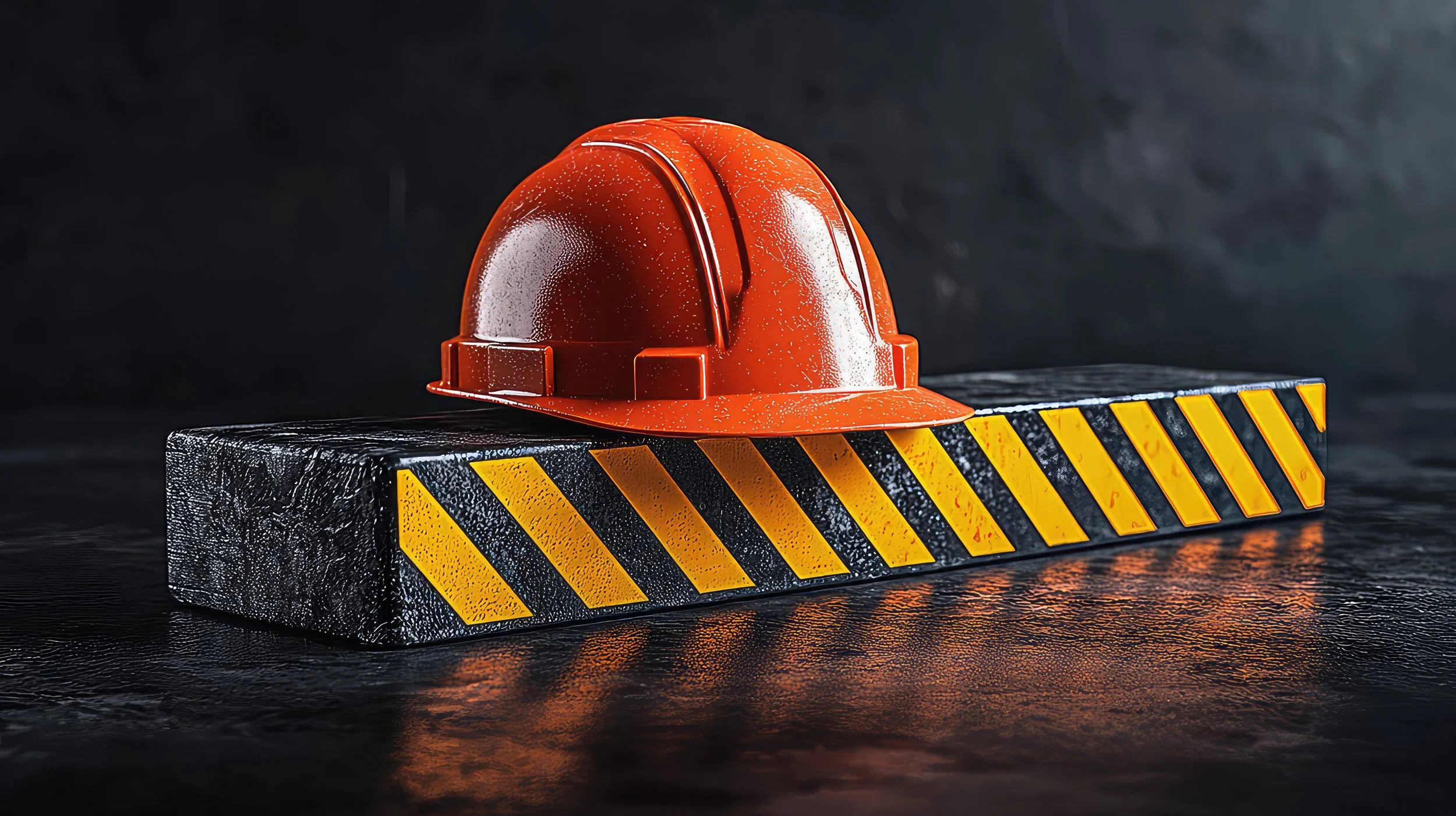The manufacturing industry is the backbone of many economies, providing goods and employment on a massive scale. However, it also presents a range of occupational health risks that can impact the well-being of employees. Understanding these risks and implementing effective management strategies is crucial for creating a safe and productive work environment.
Understanding Occupational Health Risks
Manufacturing environments often involve complex machinery, chemical substances, and repetitive tasks, all of which can pose significant health hazards. Some of the most common occupational health risks in the manufacturing industry include:
1. Exposure to Hazardous Substances
Chemical Agents: Solvents, acids, and other chemicals used in manufacturing processes can cause skin irritation, respiratory issues, and long-term health problems like cancer.
Dust and Particulates: Inhalation of dust from materials like wood, metal, or silica can lead to respiratory diseases such as asthma or silicosis.
2. Physical Hazards
Noise Exposure: Prolonged exposure to high noise levels can result in hearing loss.
Vibration: Operating vibrating machinery can cause circulatory issues and nerve damage, particularly in the hands and arms.
Extreme Temperatures: Working in very hot or cold environments can lead to heat stress or hypothermia.
3. Ergonomic Risks
Repetitive Motions: Tasks that require repeated movements can cause musculoskeletal disorders (MSDs) like carpal tunnel syndrome.
Manual Handling: Lifting heavy objects can lead to back injuries and strains.
4. Biological Hazards
Mold and Bacteria: In certain manufacturing settings, exposure to biological agents can cause infections or allergic reactions.
5. Psychosocial Risks
Stress: High-pressure environments with tight deadlines can contribute to mental health issues like anxiety and depression.
Shift Work: Irregular hours can disrupt sleep patterns, leading to fatigue and associated health problems.
Strategies for Managing Occupational Health Risks
Effectively managing these risks involves a combination of hazard identification, employee training, and the implementation of control measures. Here are some strategies to consider:
1. Conduct Regular Risk Assessments
Identify Hazards: Systematically examine the workplace to identify potential health risks.
Evaluate Risks: Determine the likelihood of hazards causing harm and the severity of potential outcomes.
Implement Controls: Prioritize risks and implement appropriate control measures.
2. Implement Engineering Controls
Substitution: Replace hazardous materials with less dangerous alternatives when possible.
Isolation: Use barriers or enclosures to separate employees from hazards.
Ventilation Systems: Install local exhaust ventilation to remove airborne contaminants.
3. Provide Personal Protective Equipment (PPE)
Appropriate Gear: Supply employees with necessary PPE such as gloves, safety glasses, ear protection, and respirators.
Training: Ensure employees know how to properly use and maintain their PPE.
4. Enhance Workplace Ergonomics
Workstation Design: Adjust workstations to fit the physical needs of employees, reducing strain and discomfort.
Mechanical Aids: Use equipment like lift assists or conveyor belts to minimize manual handling.
Job Rotation: Rotate tasks among employees to reduce repetitive motion injuries.
5. Implement Administrative Controls
Work Schedules: Design shift patterns that allow adequate rest and recovery time.
Training Programs: Provide comprehensive training on safe work practices and hazard awareness.
Clear Procedures: Develop and enforce standard operating procedures for all tasks.
6. Promote a Culture of Safety
Leadership Commitment: Management should demonstrate a commitment to health and safety through policies and actions.
Employee Involvement: Encourage employees to participate in safety committees and report hazards without fear of reprisal.
Continuous Improvement: Regularly review and improve safety practices based on feedback and incident investigations.
7. Monitor Health and Exposure
Health Surveillance: Conduct regular medical check-ups to detect early signs of work-related illnesses.
Exposure Monitoring: Measure levels of hazardous substances to ensure they are within safe limits.
8. Emergency Preparedness
Response Plans: Develop clear procedures for responding to incidents like chemical spills or exposure events.
First Aid Training: Ensure staff are trained to provide immediate assistance if an injury occurs.
Benefits of Effective Risk Management
Effective risk management is more than a compliance requirement—it’s a cornerstone of a thriving workplace. By prioritizing safety and proactive planning, businesses not only protect their employees but also set themselves up for long-term success. Here’s how a strong approach to risk management can benefit both your team and your organization:
Employee Well-being: A safe work environment enhances the physical and mental health of employees.
Increased Productivity: Healthy workers are more productive, leading to better operational efficiency.
Legal Compliance: Adhering to occupational health regulations helps avoid fines and legal issues.
Reputation Enhancement: Companies known for good safety practices attract talent and earn trust from clients and the community.
Final Thoughts
Managing occupational health risks in the manufacturing industry is a critical responsibility that requires ongoing attention and effort. By understanding the specific hazards present and implementing comprehensive strategies to address them, employers can protect their workforce and ensure the long-term success of their operations.
Safety is not a one-time task but a continuous process of improvement. Stay informed about new technologies and methods for risk reduction, and remain committed to fostering a workplace culture where health and safety are paramount. Contact us today - together, we can create manufacturing environments where employees thrive and businesses prosper.

